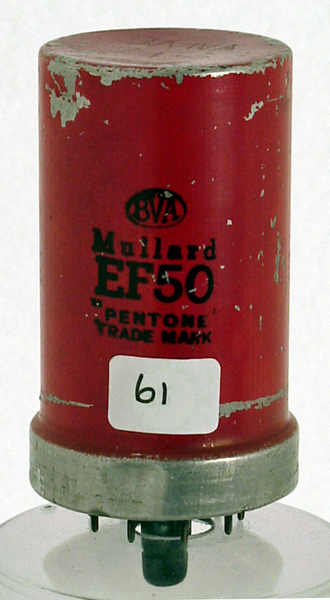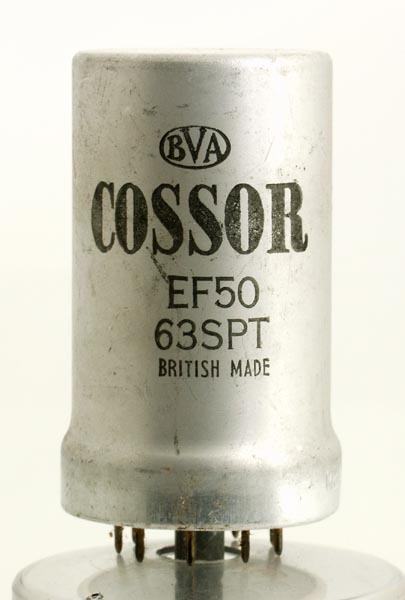|
No two valves are perfectly matched, the variables in manufacturing see to that. For seemingly identical valves two manufacturers products will have different secondary characteristics. The differences are normally in emission and inter-electrode capacitance. The latter may be critical for RF applications especially at the extremes of design use.
Other differences that arise from the manufacturing processes of valves to the same electrical specification are: mechanical rigidity and therefore microphony, heat dissipation that affects longevity, and cumulative effects of all the minor variations in technique.
Manufacturers and even individual production plants get a reputation. Engineers will have preferences for particular valves and manufacturers of valves.
In 1930 the Mazda technique for making indirectly heated valves that both worked and lasted was deemed the best available and the AC/Pen came to be known as a landmark valve that other manufacturers took several years to catch-up with.
The EF50 from Mullard was rated as having a better noise performance than the EF50 from Cossor.
 
|